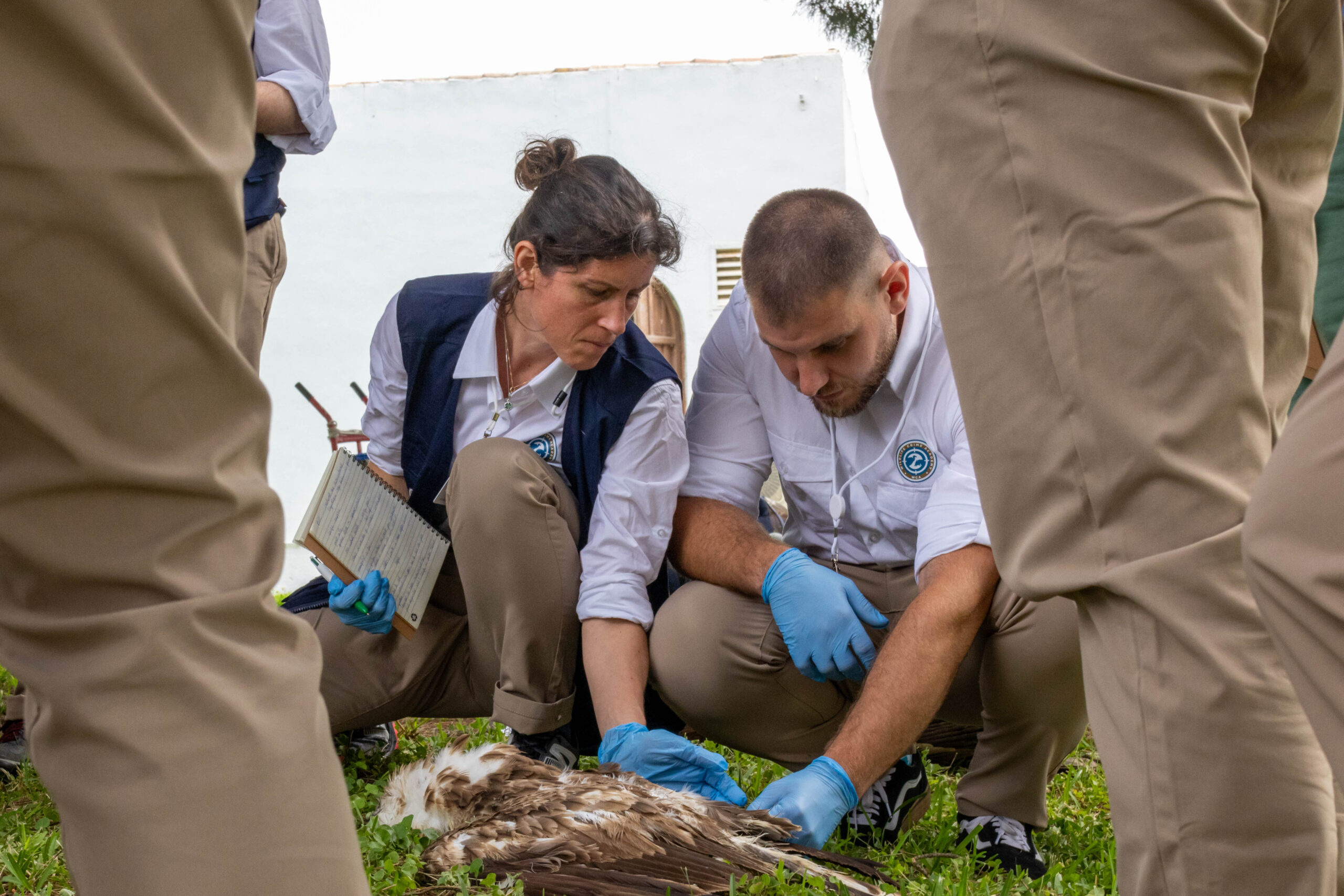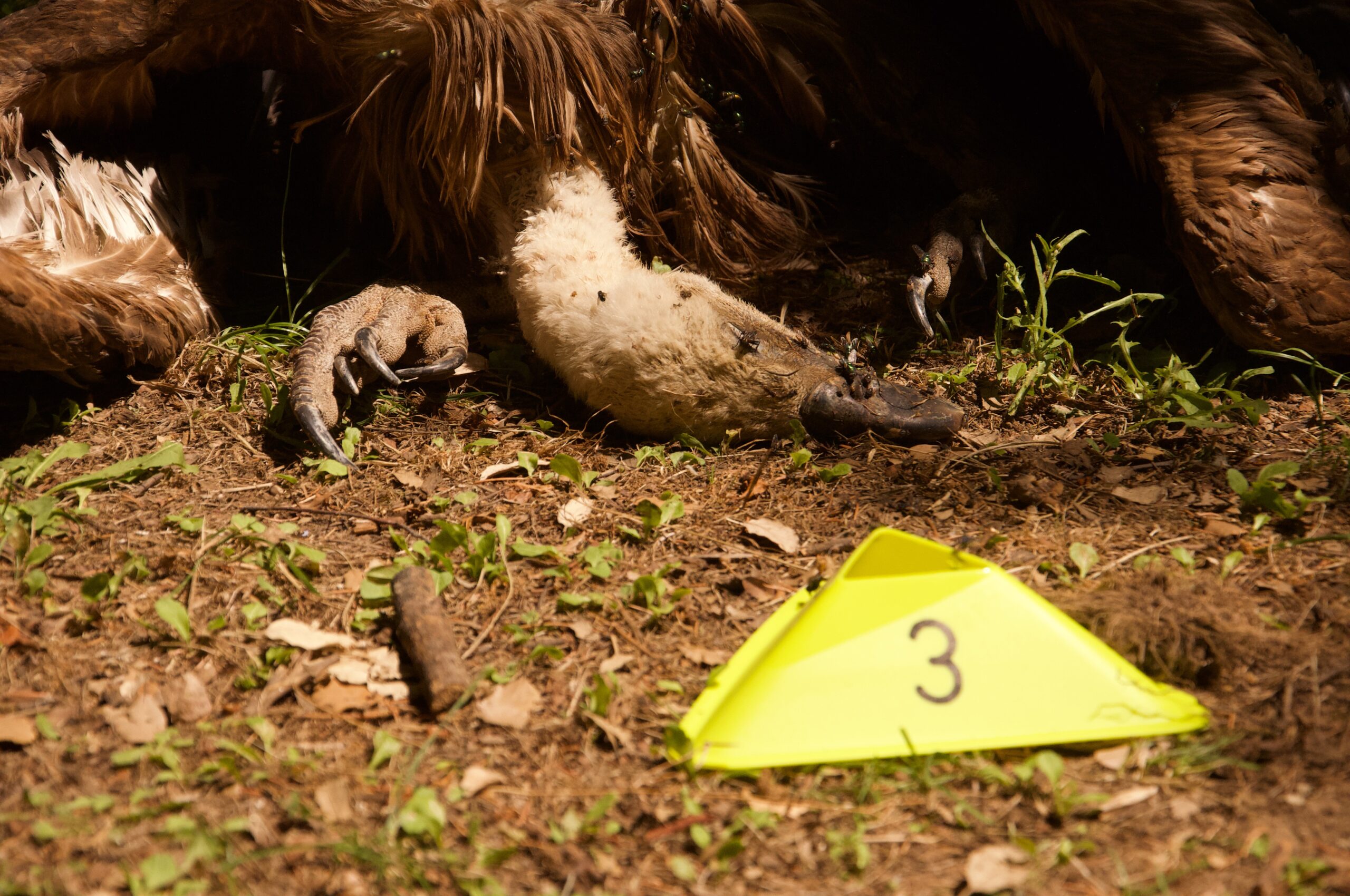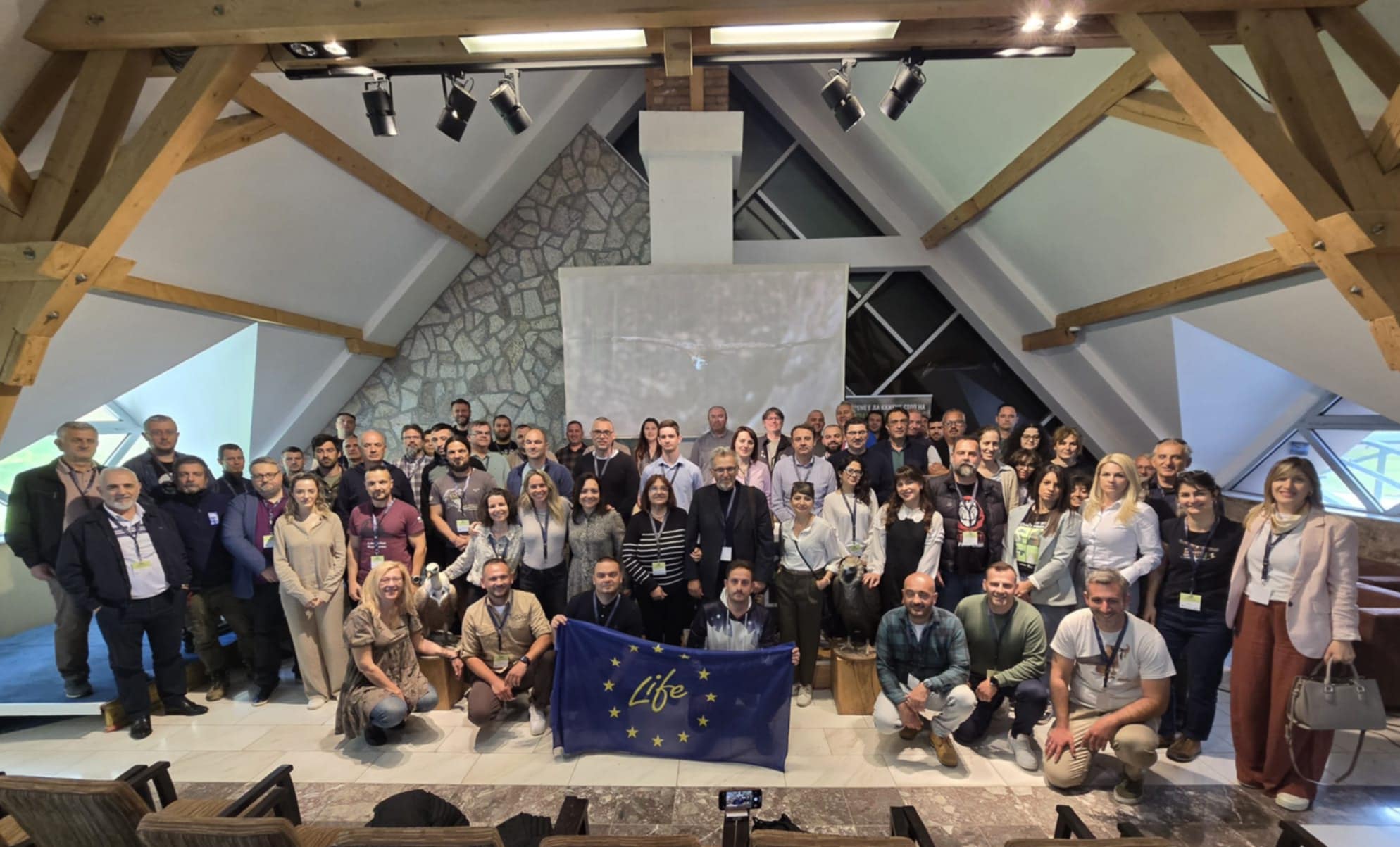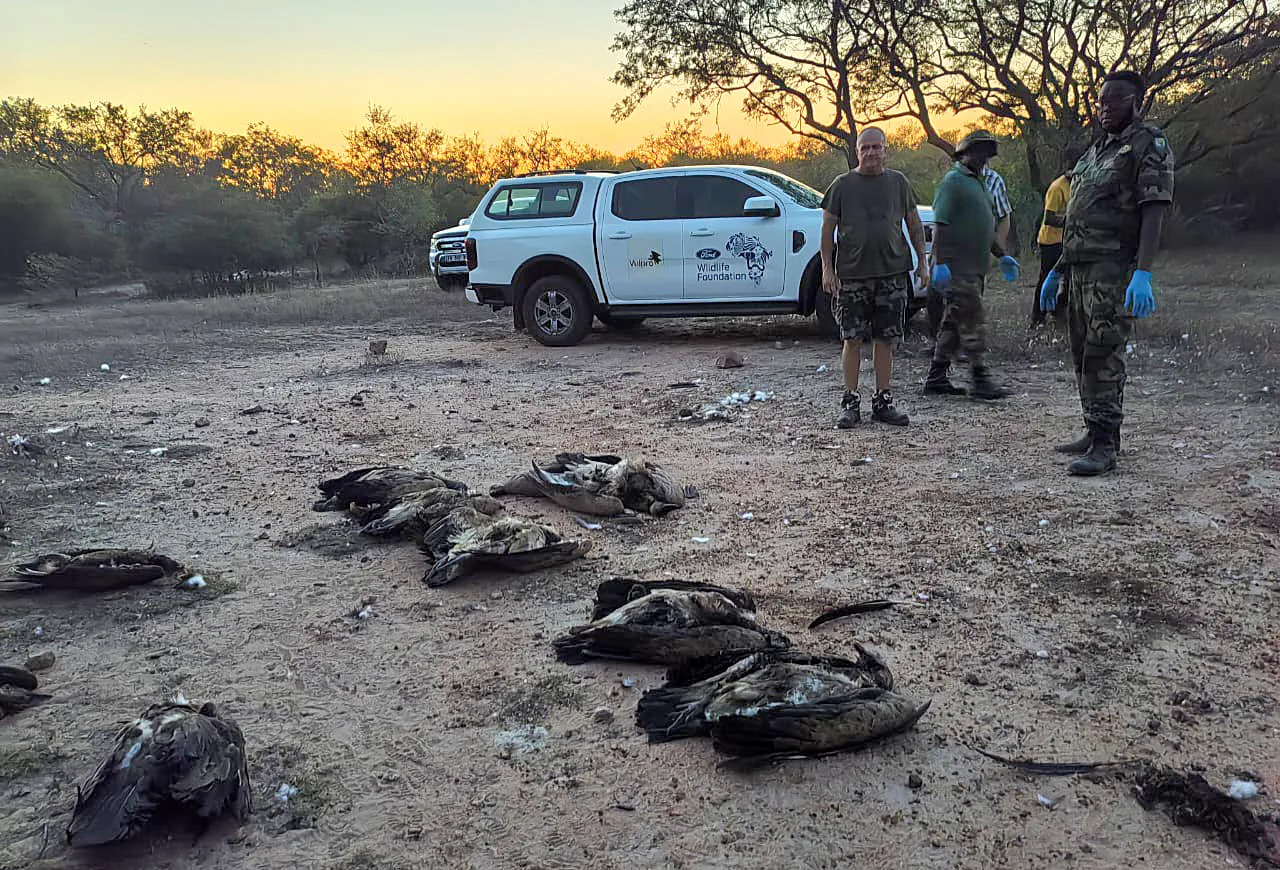On 2 December, the Bergamo Museum of Natural Sciences “Enrico Caffi”, Italy, organised a national conference to discuss the dreadful impacts of lead ammunition on avian fauna. With a high technical-scientific profile, it brought together several Italian and International experts to examine the effects of hunting with lead ammunition and solutions to be implemented. We share with you the key insights of the conference and the link to the recordings of the presentations.

Lead is a toxic compound that seriously affects wildlife and human health
The adverse effects of lead ammunition are well known, and the international scientific community agrees on the risks to wildlife, the environment and human health. As a toxic compound with lethal and sub-lethal effects on avian fauna, lead is a silent threat, causing long-term population declines that are difficult to detect. According to ECHA – the European Chemicals Agency, 44 000 tonnes of lead are annually dispersed into the EU environment, putting at risk at least 135 million birds each year from primary ingestion of lead gunshot, 14 million birds from secondary ingestion and 7 million from the ingestion of lead fishing tackle.
The dreadful impacts of lead in hunting ammunition
Often used in hunting ammunition, lead projectiles are dispersed in the environment in every shot. It is particularly problematic for waterbirds that ingest those pellets, mistaking them for ‘grit’, small stones that help their digestion. As for vultures and facultative scavengers, they can be directly poisoned by consuming hunted carcasses that contain ammunition fragments or, indirectly, from lead incorporated in the animals on which they feed.
In February 2023, the use of lead ammunition became illegal in and around wetlands across all 27 EU countries, Liechtenstein, Iceland, and Norway. The ban on lead is a meaningful step forward to protect the wildlife that falls victim to lead poisoning every year. However, the total phase-out of lead ammunition for hunting continues to be a priority to help restore the populations of vultures and other scavenging species.
Tackling the threat of lead ammunition in Italy
In Italy, 60% of the 152 large birds of prey analysed, including vultures and golden eagles, were exposed to lead. In some Italian regions such as Lombardy (Central Alps), this amount was up to 69% on 45 large raptors analysed.
Based on these results, 47 professors from 4 Scientific Universities of Lombardia addressed a signed request to the Regional Administration for an urgent ban starting the next hunting season in ungulate hunting. More than 35,000 signatures have been collected for the petition “No more Lead for Hunting. Stop intoxicating raptors in the Alps” and the petition is still online.

Supporting hunters transitioning to lead-free alternatives
The lead ammunition ban requires a timing tailored to different hunting practices and technical support. There is a need to raise awareness among competent authorities, technical staff (vets, wildlife managers, Environmental Impact Assessment experts), game meat consumers and the general public. Around 40 declarations and practical experiences on the use of alternatives in hunting from Italy and Europe.
For the game sector, lead-free alternatives, such as steel, bismuth or tungsten, are identified in the EU Commission Regulation 2021/57 of 25. Options are available on the market, technically feasible and affordable, with a lower hazard and risk profile to human health and the environment. Hunting and pest control can be done effectively without the use of lead.
For some hunting practices, the phasing out of lead may require a transition period. Several initiatives are ongoing in Europe to support them in this transition, including dedicated, informative sessions for hunters, trials of lead-free alternatives, and communication campaigns.
Within our LIFE projects (LIFE Aegypius Return, LIFE SUPport, LIFE Safe for Vultures and LIFE Bearded Vulture Bulgaria), we are working with hunting organisations and hundreds of hunters to test and promote the use of non-lead ammunition in different types of game hunting and contexts.
José Tavares, VCF Director

Raising awareness
Some months ago, the Natural Science Museum E. Caffi in Bergamo installed the exhibition “The Poison after the shot”, which will be available until 6 January 2024. The initiative aims to raise awareness of the problems of lead and is included within the Bergamo and Brescia Italian Capital of Culture. During 2024, the exhibition will be transferred to other Italian Museums, starting with Brescia Museum, where it will be displayed between February and April 29.

Key takeaways from the National Conference in Italy
On December 2, the Bergamo Museum of Natural Sciences “Enrico Caffi” organised the technical-scientific conference “Il Peso del Piombo”, the “Weight of Lead”. Almost one hundred participants joined the full day conference, that counted with several keynotes speeches, both in Italian and in English. The sessions were livestreamed and the recordings can be seen here.
- The lead ammunition ban requires tailored actions to different hunting practices and technical support.
- Lead in ammunition poses serious problems that can/must be avoided
- There are no technical reasons that prevent the introduction of a lead ban
- It is necessary to establish firm dates by which lead will be banned in each hunting practice, following the ECHA proposal.
- Hunter engagement is a crucial aspect to ensure the phasing out of lead.
- Requests for the phasing out of lead are not against hunting but in favour of hunting.
- Hunting and environmental associations should work together to achieve the complete phasing out of lead as soon as possible.
The total phase-out of lead ammunition is a matter of time. For that, it is necessary to continue cooperating and directing target campaigns to prepare for it and bring it forward. The Vulture Conservation Foundation supported the organisation of the Conference and the Exhibition, we are firmly committed to support this transition to lead-free alternatives across Europe.

Organisers of the national conference: Alessandro Andreotti, Enrico Bassi, Omar Lodovici, Paolo Pantini, Gloria Ramello, Marco Valle



